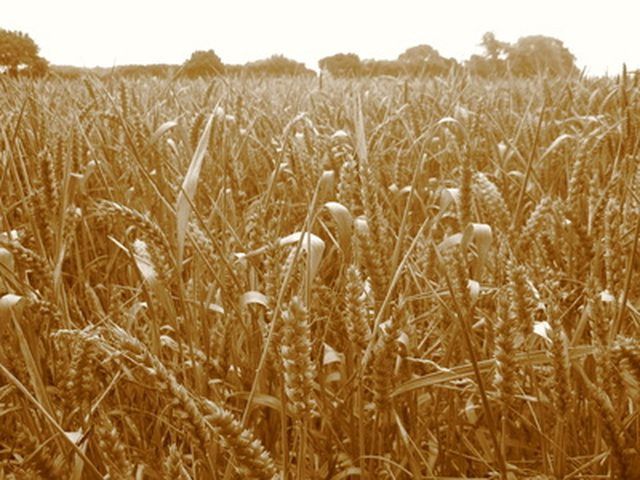Bulbs
Flower Basics
Flower Beds & Specialty Gardens
Flower Garden
Garden Furniture
Garden Gnomes
Garden Seeds
Garden Sheds
Garden Statues
Garden Tools & Supplies
Gardening Basics
Green & Organic
Groundcovers & Vines
Growing Annuals
Growing Basil
Growing Beans
Growing Berries
Growing Blueberries
Growing Cactus
Growing Corn
Growing Cotton
Growing Edibles
Growing Flowers
Growing Garlic
Growing Grapes
Growing Grass
Growing Herbs
Growing Jasmine
Growing Mint
Growing Mushrooms
Orchids
Growing Peanuts
Growing Perennials
Growing Plants
Growing Rosemary
Growing Roses
Growing Strawberries
Growing Sunflowers
Growing Thyme
Growing Tomatoes
Growing Tulips
Growing Vegetables
Herb Basics
Herb Garden
Indoor Growing
Landscaping Basics
Landscaping Patios
Landscaping Plants
Landscaping Shrubs
Landscaping Trees
Landscaping Walks & Pathways
Lawn Basics
Lawn Maintenance
Lawn Mowers
Lawn Ornaments
Lawn Planting
Lawn Tools
Outdoor Growing
Overall Landscape Planning
Pests, Weeds & Problems
Plant Basics
Rock Garden
Rose Garden
Shrubs
Soil
Specialty Gardens
Trees
Vegetable Garden
Yard Maintenance
Soil for Growing Wheat
Soil for Growing Wheat. As with most crops grown in the United States, wheat prefers a well-drained loamy soil for healthy growth and propagation; however, this soil must meet certain requirements for healthy wheat growth. Wheat farmers must monitor and control soil nutrient content, soil compaction and soil erosion to grow strong healthy wheat...

As with most crops grown in the United States, wheat prefers a well-drained loamy soil for healthy growth and propagation; however, this soil must meet certain requirements for healthy wheat growth. Wheat farmers must monitor and control soil nutrient content, soil compaction and soil erosion to grow strong healthy wheat crops in the United States, according to the University of Nebraska at Lincoln (UNL) extension program. Wheat is often grown as a cash crop in the United States.
Loamy Well-Drained Soil
Loamy well-drained soil contains roughly equal parts sand, silt and clay soil particles with adequate--usually less than 20 percent--soil organic matter content. Loamy well-drained soil will absorb and disperse water quickly. Soil that remains very moist long after watering typically contains high levels of clay. Soil that disperses water and dries quickly generally has a high sand content.
Soil with Adequate Nutrient Supplies
Wheat will grow best in soil with adequate, but not excessive, nutrient levels, reports UNL. Wheat requires little or no additional fertilizer when used as a rotation crop. Carol A. Myers and several associates with the Washington State University Mount Vernon Northwestern Washington Research and Extension Center state that if wheat follows a heavily fertilized crop, it is unnecessary to fertilize wheat fields. Excessive fertilization may cause crop grain quality and market value to suffer.
Soil Protected Against Compaction
Wheat soil needs protection against soil compaction. Soil compaction removes needed pockets of air and other soil gases and can affect water penetration. Myers et al. caution against excessive tillage of wheat soil, as tillage can break down soil organic matter and soil structure. Disking and ripping agriculture soil movement methods are preferred when fighting compaction. Compaction often occurs when field operations, such as harvesting, are performed on wet soil or when heavy equipment is used.
Soil Protected Against Erosion
Many areas that produce wheat are dry and arid or moist. Arid areas must protect against wind soil erosion and moist areas must protect against water soil erosion. Soil erosion from water and wind affects agricultural areas through the degradation of soil, according to UNL. Using cover crops and secondary crops holds soil in place and protects against erosion. The use of windbreaks and water runoff diversion ditches can also protect valuable topsoil reserves from erosion.
Wheat Crop Uses
Wheat is primarily grown as a cash crop; however, wheat is also frequently grown for other reasons. Wheat is used as a rotation crop to break disease cycles in potatoes, vegetables, bulbs and other primary crops, reports Myers et al. Wheat also makes an excellent cover crop to protect soil from erosion between other cash crops.